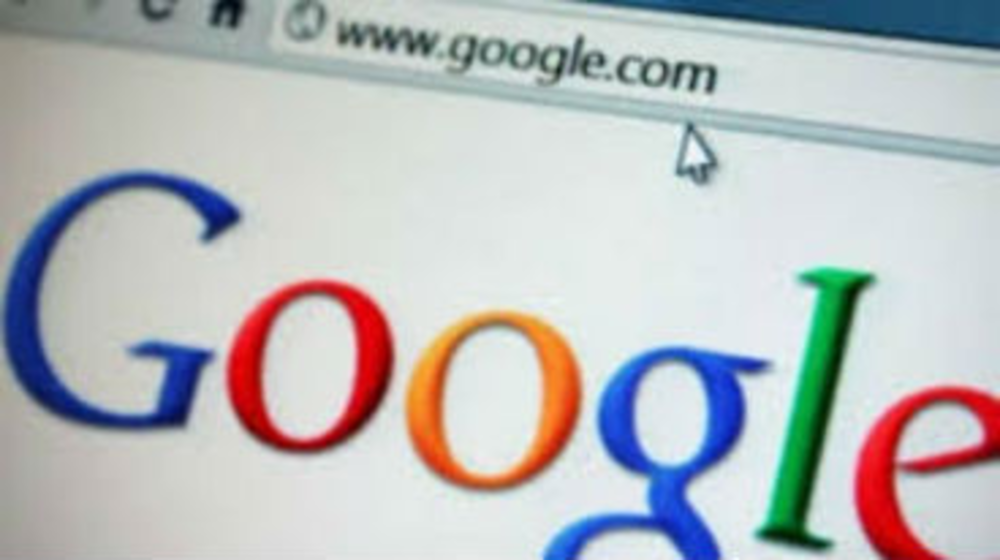No surprise here: More dollars need to move into digital channels, said Susan Wojcicki, SVP of advertising at Google and a 10-year member of Google’s advertising team, during her keynote at the Ad:Tech conference in San Francisco.
“Right now a portion of them are, but as more users move online, more dollars need to move online,” she said.
Wojcicki then outlined “five ideas shaping the future of digital advertising.” They are:
Choices: Ad views will be voluntary
“This might seem hard to accomplish because right now a lot of ad views are not voluntary,” Wojcicki said. “We want to move to a model where the user chooses to see the ads. “
She mentioned the search ad model, in which users click to see the ads and Google is compensated on a cost-per-click (CPC) basis. The advantages of the voluntary model, Wojcicki said, is that both advertiser and user incentives are aligned. The user wants to see an ad, the advertiser only pays if the user sees the ad, and it’s up to the publisher to serve the ad at the right time and in the right place.
Wojcicki cited as an example TrueView, a YouTube ad that runs before a user’s selected content. Advertisers only pay if the user opts to watch the ad, yet 70% of ads on YouTube, Wojcicki said, are TrueView ads. Of course, this requires advertisers to develop content that users actually want to see.
For instance, a Pepsi ad featured professional stock car racer Jeff Gordon testing—while incognito—a car at an auto dealership. As he blasted through the streets, the car dealer, who was riding shotgun, began looking increasingly uncomfortable until he gave up reasoning with Gordon to slow down and simply began screaming in terror. The ad had 33 million views in a month.
Control: Users will participate if we provide enough value and control
While Wojcicki acknowledged the importance of user data, and the increase of programmatic ad buying (which in Google’s system increased 10 times since 2010), she said the one thing missing was a plan on how to maintain these advertising investments over the long term.
The solution, Wojcicki said, was to let users control what ads they want to see and whether they want to see ads at all. From Google’s standpoint, users who are offered this control take it.
“For every user that opts out, two add interests and say: These are the things I’m interested in,” Wojcicki said. “We need to enable users to do this at scale. When you think about it, there are a lot of places where we go tell people we’re interested in buying something—like sales associates and travel agents. But how do we get that online to users so they can have control?”
Charm: Ads will be more interactive and beautiful—at scale
The operative phrase here is “at scale.”
Many ads are well-designed and beautiful, Wojcicki noted. But many times the well-designed ads running on a homepage aren’t the ones that show up across the Internet.
“When we think about the future and all the tools we have, we need to think about how we do this with all the ads we have, not just the homepage ads,” Wojcicki said, adding that Google has been working on what it calls “engagement ads,” which are ads that fit into standard ad formats but, after the user hovers over it, expands to include richer content like catalogs or videos.
For instance, when Samsung launched its new smartphone the Galaxy S4, it live-streamed the 90-minute event on numerous channels, including online ads. These ads appeared, like many others, on the side of the screen. When users moused over it for two seconds, a pop-up would show that live-streamed the Galaxy S4 launch event.
“It was one of the most popular concurrent live stream events we’ve seen, right up there with Will and Kate’s wedding,” Wojcicki said. “It showed the power of what you could do with media to drive users to see this event.”
Over the long-term, she emphasized, online advertisers need to think about formats that are both scalable and visually attractive.
Connected: Ads will help people live their lives on the go
Wojcicki acknowledged current limitations with context-sensitive advertising, something that she anticipates will change. Advertisers, she said, need to take into consideration a number of factors including device, time of day, and location, and reach out to users depending on this context.
“A lot of times you get offers, they’re for San Jose,” Wojcicki said. “But we’re in San Francisco. There’s no technical reason those things don’t exist. We just haven’t built them yet and we need to focus on building those experiences.”
Calibration: all ads will be measured; clicks will only be one measurement type
Direct response allowed advertisers to understand which ads were working and which ads didn’t work, using a variety of metrics: CPA, CPC, and CPV to name a few.
Brand advertisers, however, need better measurements—mainly around reach and ad impact, Wojcicki said, adding that marketers need to understands data coming in from multiple places, such as different screens, and integrate it all with other locations, like CRM systems.








